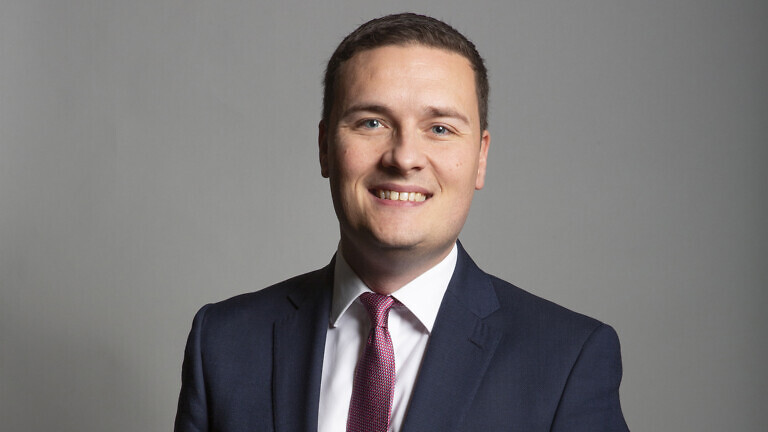BMA is concerned about the blurring of lines between skilled doctors and assistant roles, and what this means for patient safety.
The long-awaited court case about the role of physician associates (PAs) and anaesthesia associates (AAs) that the British Medical Association (BMA) has brought against the General Medical Council (GMC) will start on 12 February in London.
In June last year, the BMA claimed that there is a dangerous blurring of lines for patients between highly skilled and experienced doctors, and assistant roles.
The GMC has been using the term “medical professionals” in its materials to describe all of its future registrants – both doctors and associates. This includes in Good Medical Practice, the key GMC guidance document for doctors which defines the standards of care and behaviour that are expected, and which is used as a reference to determine fitness to practise.
“PAs are not doctors, and we have seen the tragic consequences of what happens when this is not made clear to patients. Everyone has the right to know who the healthcare professional they are seeing is and what they are qualified to do – and crucially, not to do,” said BMA chair of council Phil Banfield.
Alongside the BMA, Anaesthetists United, an independent group of grassroots anaesthetists, have planned a separate but complementary legal action, which relates to the lack of any national regulation of scope of practice for PAs and AAs. It is expected that this will be heard in May.

The case of Emily Chesterton
Those cautioning about how PAs and AAs are presented have rallied around the case of Emily Chesterton. The 30-year-old died in November 2022 after suffering a pulmonary embolism following two appointments with a physician associate who she believed was a GP.
Questions were raised in Parliament by her then member of parliament Barbara Keeley, who pointed out that Chesterton was diagnosed with a sprained ankle and told to rest and take paracetamol.
“The physician associate who saw Emily did not introduce herself and her role to Emily during the appointment. The practice said that the physician associate had failed to explore the causes of Emily’s symptoms, failed to refer Emily for clinical investigations, and failed to consult a doctor after seeing a patient who had presented twice in one week with significant risk factors for pulmonary embolism. The practice also raised concerns about the physician associate’s overconfidence and lack of insight into the limitations of her clinical knowledge and practice,” the Labour MP said.
The case alleges that the GMC’s failure to distinguish properly between qualified medical staff and PAs by not enforcing a national scope of practice for the latter after they graduate represents an unlawful failure in its duty to properly regulate the clinical practice of these associate professions in the UK.
“The tragic case of Emily Chesterton, among others, should by now have made clear that blurring the lines between doctors and their assistants can have fatal consequences. It is unconscionable that despite so many warnings from medical professionals the GMC has forged ahead with its attempt to regulate PAs and AAs in a manner that encourages that blurring,” said Banfield.
No pause in roll out
The GMC has consistently rejected BMA concerns and claims that the term “medical professionals” is not a protected title.
In a statement in response to the BMA’s threat of legal action, a spokesperson said that they believed that the grounds for the threatened judicial review are “not even arguable”.
“We have made it very clear we will recognise and regulate doctors, PAs and AAs as three distinct professions. We have also been consistent in saying that, as their regulator, we will expect PAs and AAs to always work under some degree of supervision and to practise within their competence. They will have a responsibility to clearly communicate who they are and their role in the team,” they said.
Certainly, there has been no pause in the rollout of the two roles. In December, the GMC set and clarified regulations for PAs and AAs following a consultation between March and May last year. In mid-December, it began to write, inviting them to join the professional register.



